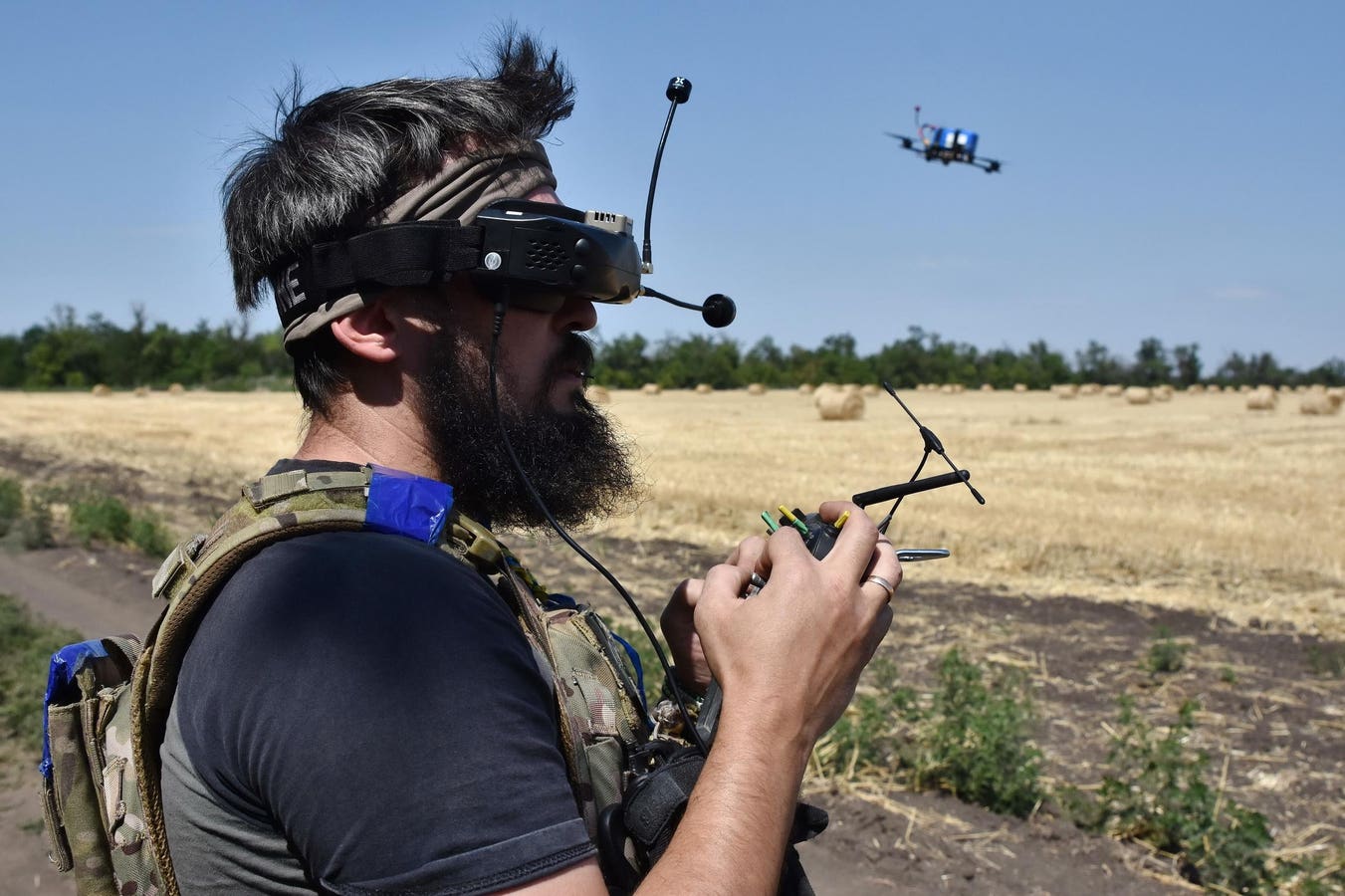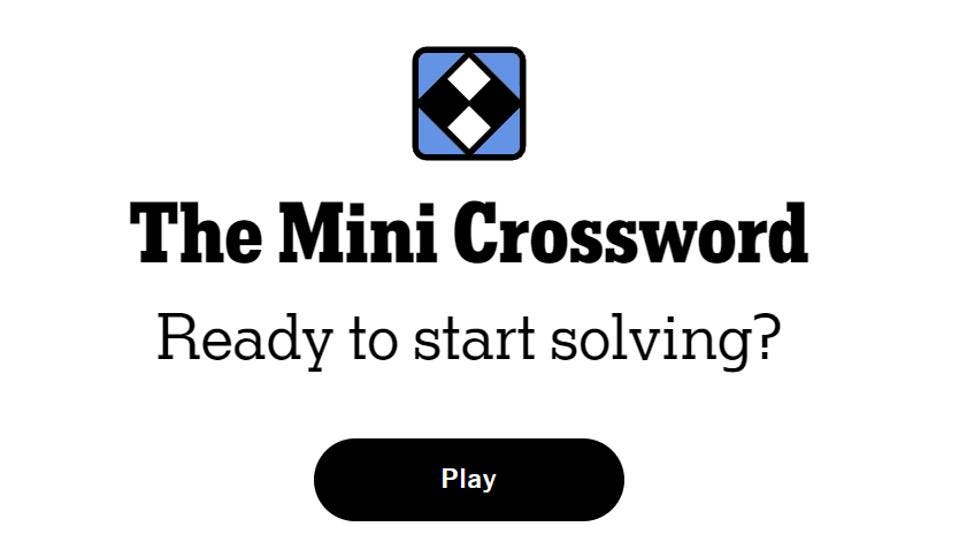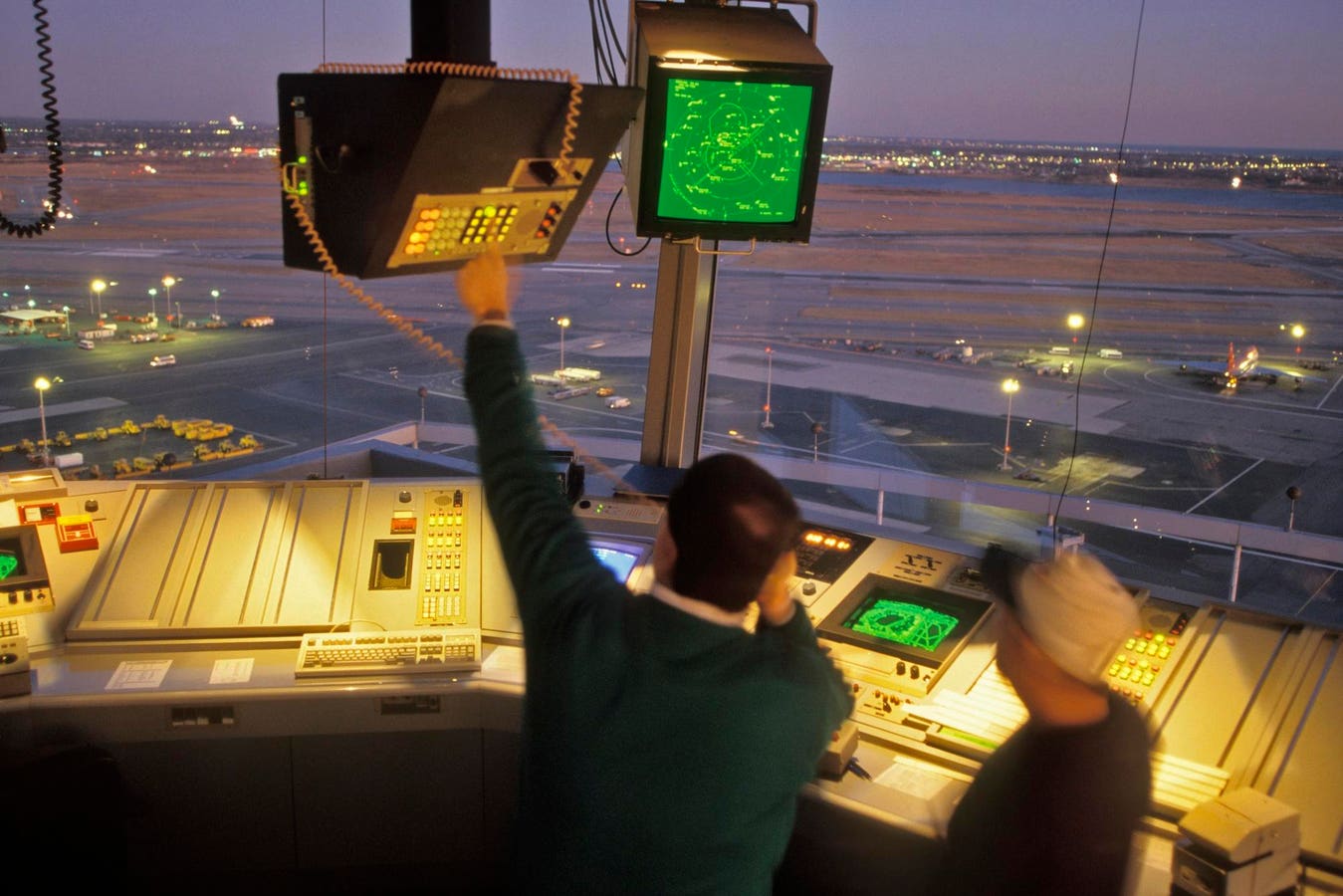Ukrainian drone operator. Russian drone operators may disappear from the front line with new technology
SOPA Images/LightRocket via Getty Images
Russian state news source TASS has reported that a drone control unit will be based hundreds of miles behind the lines, operating remotely from a safe distance using AI technology.
Drone operators are prime targets for drone and artillery strikes. Ukraine recently adjusted its ePoints system, in which kills wins points towards acquiring new equipment, so that a drone operator is worth more than a tank. The new Russian technology will mean that operators need never get close enough to the battlefield to become targets and could literally work from home.
Remoter Control
The new rear command, which will carry out both reconnaissance and strike missions, includes troops from the “Somali” unit as well as the 24th Separate Mechanized Infantry Brigade. The initiative is supported directly by the United Russia party – Putin’s ruling party – suggesting high-level political support.
CUST make a number of drones in the Skvorets FPV family, some with a high degree of automation.
CUST
The key technology is a system called Orbita developed by the Autonomous Non-Commercial Organization Center for Unmanned Systems and Technologies or CUST. Formed in 2024, CUST provides assistance in the form of Skvorets (“Starling”) FPVs, jammers, and other technology to troops involved in the ‘special military operation’, the invasion of Ukraine.
CUST CEO Andrey Bezrukov says they are a partnership of more than 200 startups and co-ordinate production so that, for example, makers of communications gear, software and hardware all work together to rapidly deliver finished products. This fast-moving tech industry attitude which is alien to the bureaucratic Russian defence industry, and has delivered notable successes in drone development including their lethal fiber optic ‘Prince Vandal’ drones.
The new development may be equally significant and will change the way drones are operated.
“On the front, a designated soldier equipped with a drone backpack will periodically emerge from shelter, deploy the drone, press a button, and quickly return,” Bezrukov told TASS, while the operator remains far away.
Previously we have seen Russian assault troopers carrying FPV drones forward to Ukrainian lines so they could be launched at close range, leaving drone operators. This version means the operators can stay in Moscow.
“This is a pioneering example of how innovation directly enhances our defenders’ capabilities. It allows our soldiers to operate more efficiently and safely,” Alexander Sidyakin, who is on United Russia’s Central Executive as well as the board of CUST, told TASS.
The unit will use Skvorets FPVs and a radio relay along with the Orbita system. According to the makers, Orbita uses AI and neural network algorithms to help operators identify, track, and destroy targets. They claim that Orbita reduces the training time for FPV pilots “from four weeks to just one hour.”
This suggests that Orbita is highly automated and the remote operators will supervise, directing and approving targets rather than flying the drones, and will not require a permanent radio link. Russia previously fielded a number of autonomous, AI enabled drones (all based on smuggled U.S. hardware) , but this is another level – if it works as claimed.
Bridging The Credibility Gap
The Russian defence industry is notorious for inflated claims and outright vaporware from ‘geophysical weapons’ to ‘particle beams’ and even an ‘atomic pistol.’ Zala’s claimed swarming version of the Lancet drone, seen in an animated video over two years ago, never appeared. The much-hyped high-tech S-70 Okhotnik stealth combat drone had to be shot down by a Russian fighter when operators lost control during only appearance in action in 2024.
However, CUST needs to be taken more seriously. They have a track record of delivering; by December 2024 they had already provided over 30,000 drones to the front. These were likely Skvorets FPVs, described as having a range of 5 miles with a hefty 8-pound warhead or 8 miles with a 6-pound bombload.
By late 2024 the original version had been supplemented by a new model with a thermal imager, a reusable reconnaissance variant, Skvorets-Z with automatic target lock-on and the Skvorets Pro, said to have a range of automated functions which means it can be flown by an unskilled pilot.
More recently CUST released a naval variant of Skvorets designed to be flown from a robot boat like the Ursula drone carrier recently unveiled by Ukraine. This indicates the group is familiar with launching and operating drones remotely.
Smart software from XTEND means that even an unskilled pilot can fly indoor missions without crashing
XTEND
The claim that an operator can be trained in one hour to carry out attack missions, and can do it from hundreds of miles away, might seem implausible. But Israeli company XTEND have already demonstrated a similar AI-enhanced setup which they say turns everyone into an ace FPV pilot – and they have operated drones from the other side of world. The company’s XOS drone operating system been used extensively in Gaza and has been highly effective. It remains to be seen whether Russia’s Orbita will be similarly capable.
Both sides have made rapid advances in small drone technology, and while Russia has generally been behind, they cannot be ignored. Remote basing means that drones can be activated by soldiers at the front, or delivered by drone boats, tracked robots configured to transport and launching FPVs, or the flying drone carriers that have started appear. Boots on the ground may be replaced by bots on the ground as drone warfare is completely automated.
In a year’s time, an operator launching a drone by hand a few miles from the enemy might look as quaint as a cavalry trooper on horseback – and as vulnerable.









